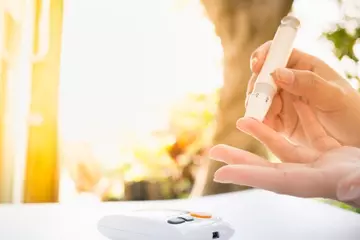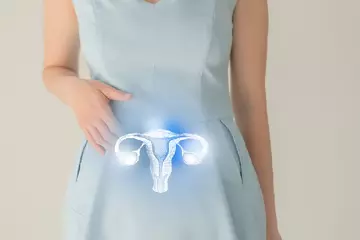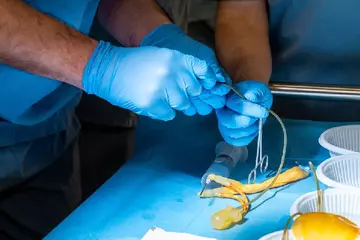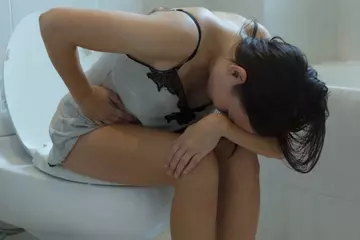What are fever seizures in children?
Fever seizures, also known as febrile seizures, are convulsions that occur in children along with high fever. Children from 6 months to 5 years of age are typically affected by these seizures. They are also found to be particularly common among toddlers aged 12 to 18 months.
What are its main associated signs and symptoms?
Common symptoms associated with fever seizures in children may include:
- Loss of consciousness
- Uncontrollable jerking of arms and/or legs
Less common symptoms include:
- Difficulty in breathing
- Rigid or stiff limbs
- Foaming of the mouth
- Twitching of only one or part of an arm or leg
- Skin turns pale or bluish in colour
- Eye rolling
- Moaning
- It may take 10 to 15 minutes for the child to gain consciousness following a seizure. During this time, they may be irritable and appear not to recognise familiar faces.
What are the main causes?
Fever seizures may be caused by, both genetic and environmental factors.
Common causative factors may include:
- Fever due to any cause
- Any illness where the child may have rapid rise in temperature
- Viral upper respiratory infections
- Ear infections
- Pneumonia
- Bacterial diarrhoea
- Infection in the bloodstream (sepsis)
- Infection of the membranes (meninges) covering the brain and spinal cord brain, which is also termed as meningitis
How is it diagnosed and treated?
Determining the cause of fever is vital to understanding and treating this disorder.
Medical history involves documentation of the family history of epilepsy, recent antibiotic usage, seizure duration, post convulsion phase, immunization status, and symptoms.
The doctor will evaluate your child’s level of consciousness and also check for any signs of infection of the central nervous system.
Investigations required may include:
- Lumbar Puncture
- Electroencephalography (EEG)
- Neuroimaging (CT and MRI scan)
- Complete blood count
Treatment for fever seizures in children include:
- Medications for convulsions and calming the child. They are to be taken only as prescribed by the doctor.
- Intermittent use of anti-pyretic agents, though it is better to avoid over-reliance on drug therapy.
Management and care for these patients include:
- Management of fever and rapid rise in temperature by not overdressing the child, plenty of fluid intakes, and avoiding cold baths.
- Area around the child should be safe. During convulsions, the child should be kept away from sharp objects or anything that has a possibility of injuring the child. Move away any objects of potential harm from around the child.
- During convulsions, the child should be rolled onto one side.
- It is wise for someone to always stay around the child.
- Calming and orienting the child to the surroundings post convulsions proves to be helpful.
- Do not try to hold the child or put something in the child’s mouth during the seizure.

 Doctors for Fever seizures in children
Doctors for Fever seizures in children 


















